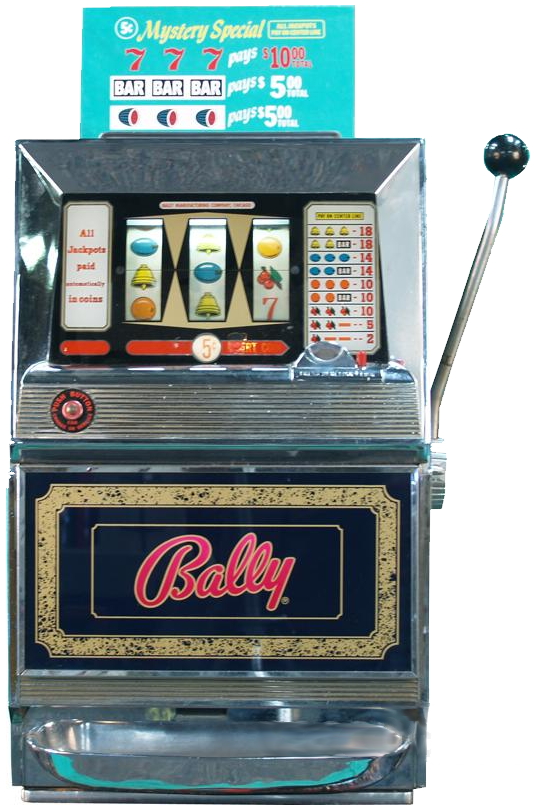
Bally “Money Money” Circa 1963
In 1962 William T. (Bill) O’Donnell then the sales manager of Lions Equipment Corp (later renamed Bally) approached Abe Green with a request to raise money to buy Bally. Abe Green and Barney Sugarman were the owners of Runyon Sales Company a New Jersey based coin-op distributor. Green brought in Sam Klein the former president of Stern Vending Company in Cincinnati, OH and Irving Kaye the pool table manufacturer from Brooklyn, NY.
In order to get the financing needed to raise the $1.2M (Bally reports $2.85M) needed, Sam Klein was credited for bringing in Louis Jacobs and Emprise corporation to provide part of the financing for the acquisition of Bally. With funds from Emprise packaged with a loan from the teamsters union, the deal was put together and closed on June 17, 1963. Bill O’Donnell became Bally’s CEO, Sam Klein became Bally’s largest stockholder and a vice president and Abe Green and Irving Kaye were put on the Bally Board of Directors. Unfortunately prior to the close of the deal Barney Sugarman died unexpectedly and his interests were bought out by Green.
November of 1963 marked the debut of Bally slot machine “Money Honey.” Like Henry Ford’s Model T, this three-reel electromechanical slot machine broke new ground, forever changing the landscape of the gaming industry. The two innovations that the game brought to the casino industry were its reliable electronically controlled construction and the incorporation of a “bottomless” motor-driven payout hopper capable of automatic payouts of up to 500 coins without the use of an attendant. For the next 12 years, Money Honey in its many variations would become the flagship game of Bally Manufacturing’s slot machine division.
The plan was to expand Bally’s footprint in the casino gaming market by introducing new electronic slot machines and then take the company public. The plan worked flawlessly by the end of the 1960s, Bally controlled 94 percent of the Las Vegas slot-machine market and was in a prime position for a public offering.
In 1969 Bally went public and eventually became the first gaming business to listed on the New York Stock Exchange. A second public offering was also made in 1971 with a portion of the proceeds Bally redeemed the shares of Abe Green.
In 1975 Bill O’Donnell, Sam Klein and Irving Kaye applied for a gaming license in Nevada for Bally’s Casino Holdings, Inc. and Bally Entertainment Corporation. O’Donnell and Klein’s applications were granted but Irving Kaye’s Nevada gaming license was denied. Irving Kaye resigned his position with Bally and divested his Bally stock before passing away in December 1976.
As the final two of the original four Bally share holders, O’Donnell and Klein divested their interests in Bally in 1978.